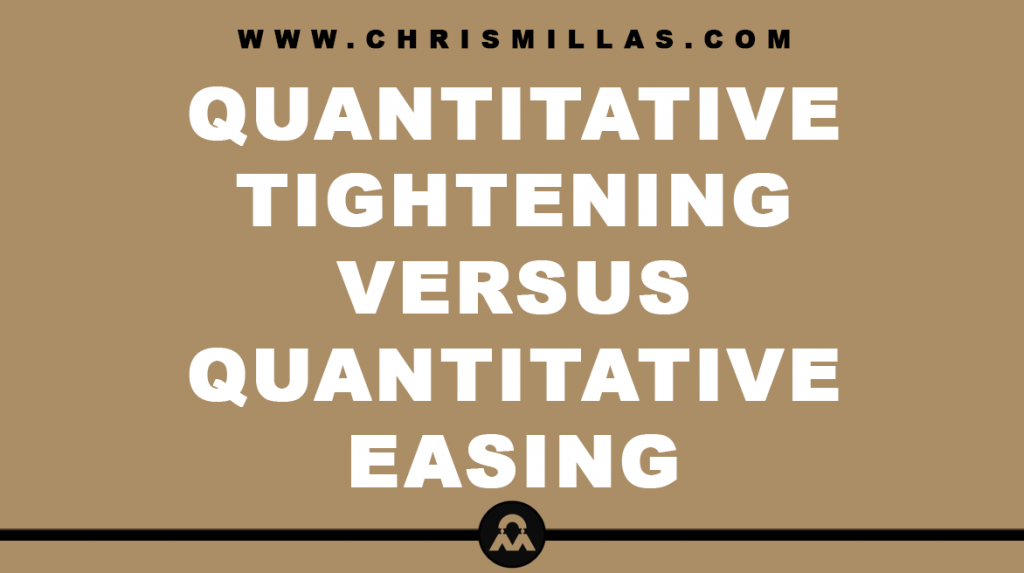In this post, we’ll unpack all you need to know about Quantitative Tightening and Quantitative Easing, defining exactly what the terms mean, how they impact the economy and more.
What Is Quantitative Tightening?
Quantitative Tightening (QT) is a monetary policy tool employed by Central Banks to decrease the amount of money in the financial system.
QT is achieved by increasing interest rates. This encourages saving which therefore counteracts high inflation. Central Banks implement QT by selling financial assets in the open market which decreases the size of their balance sheets.
What Is Quantitative Easing?
Quantitative Easing (QE) is a monetary policy tool employed by Central Banks to increase the amount of money in the financial system.
QE is achieved by decreasing interest rates. This encourages borrowing which therefore stimulates economic growth. Central Banks implement QE by buying financial assets in the open market which increases the size of their balance sheets.
Quantitative Tightening, Quantitative Easing & Interest Rates
Central Banks use Quantitative Tightening and Quantitative Easing to manage liquidity in the financial system, thus influencing the phases of the liquidity cycle.
When Quantitative Tightening is employed, there is less liquidity in the economy which increases interest rates. When Quantitative Easing is employed, there is more money in the economy which decreases interest rates.
Both QT and QE policies also have significant impacts on asset prices and exchange rates. This influences consumer spending, business investments and overall economic activity.
Summary (TL;DR)
Quantitative Tightening refers to monetary policies that increase the size of the Central Bank’s balance sheet. Quantitative Easing refers to monetary policies that decrease the size of the Central Bank’s balance sheet.
QT decreases the money supply and increases interest rates to encourage saving which counteracts high inflation. QE increases the money supply and decreases interest rates to encourage borrowing which stimulates economic growth.







